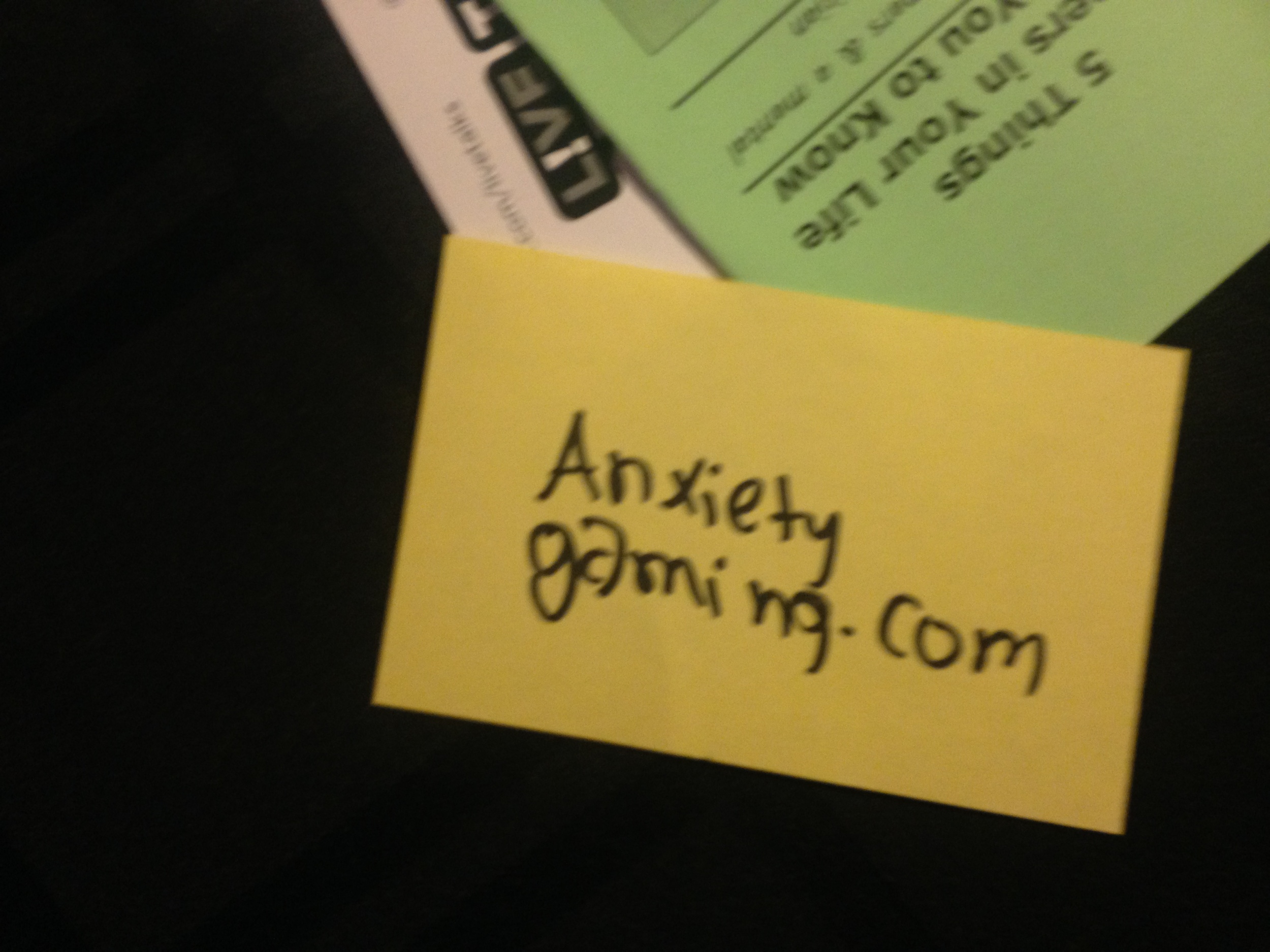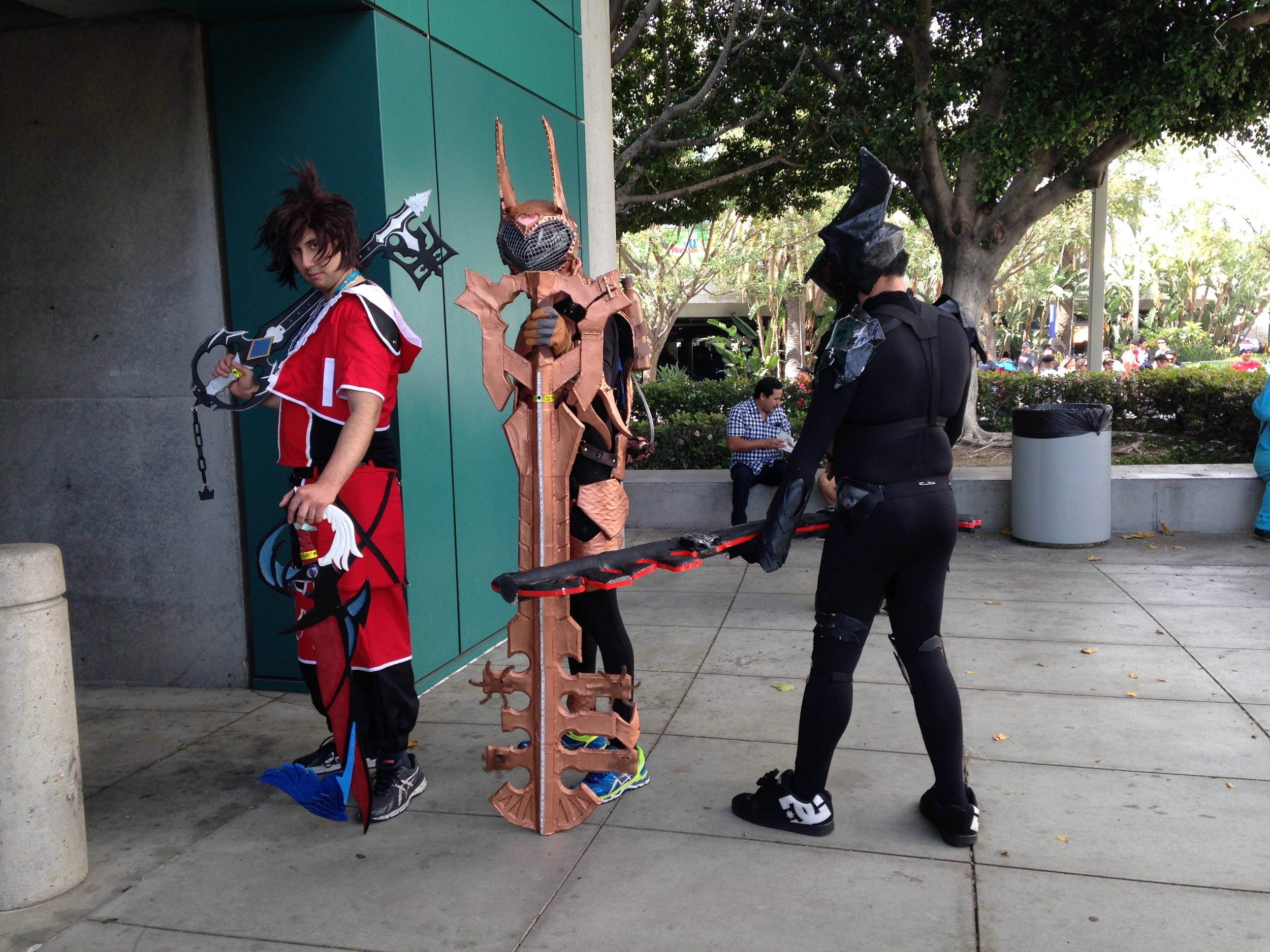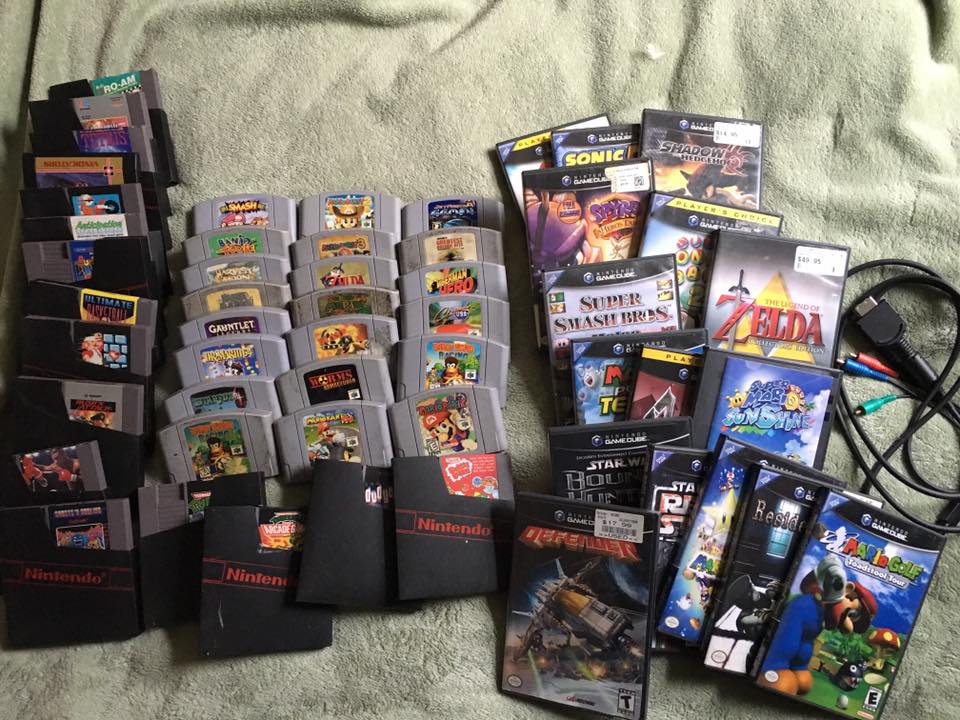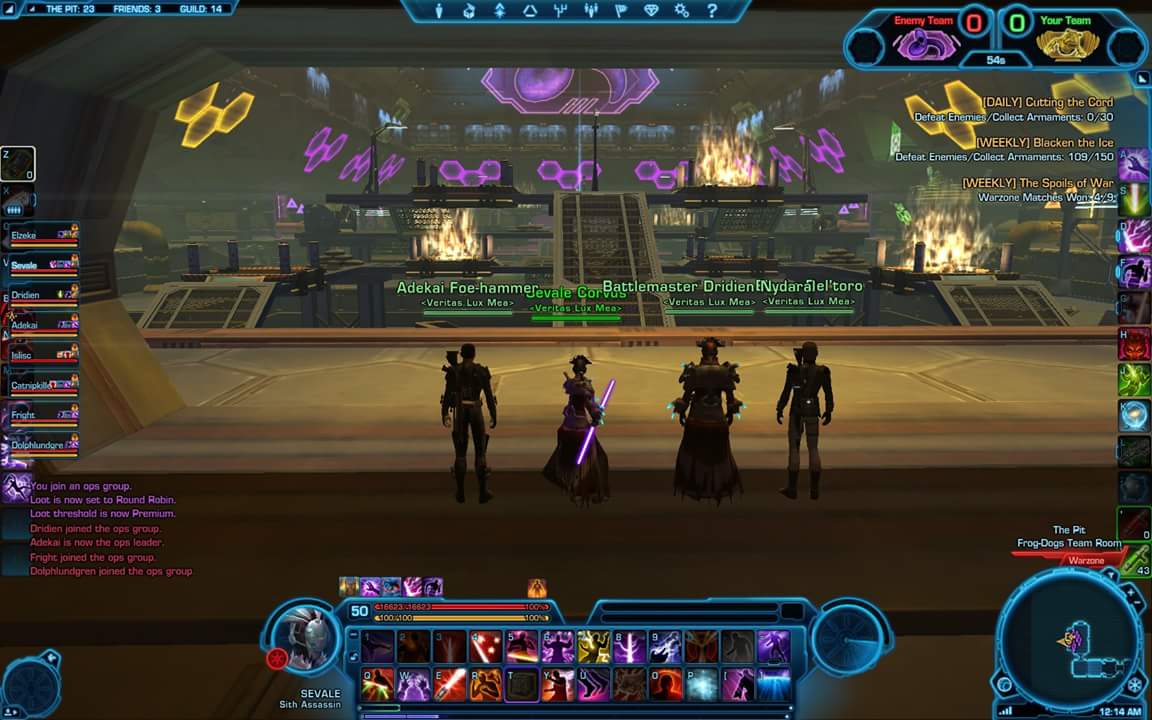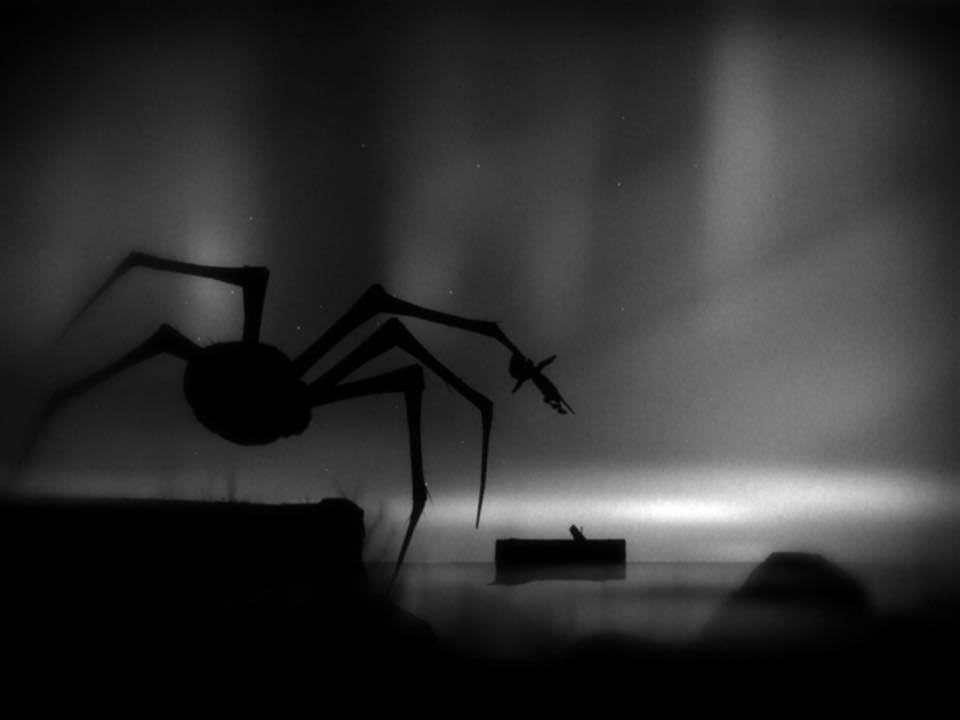Author Information: Andre Larocque is a district level behavioral specialist consultant with a narrowed study in Oppositional defiance disorder, conduct disorder and Antisocial personality disorder. In addition to his education in psychology he has 8 years direct experience working in residential treatment.
-----
Spare the rod, Spoil the Child: A Behavioral Primer for the Non-spanker.
By Andre Larocque
Edited by: Evita Sandoval
History of a Limit Tester
All these discussions about spanking usually start with“Spanking worked for me.” In all fairness it worked for me as well. I remember being a young, quiet boy in Vermont who enjoyed the woods and building forts. I wasn't always a well behaved behaviorist however. I was a young aggressive researcher who enjoyed finding his limits with adults. I remember one aunt in particular being brave enough to babysit me at the time. I took the opportunity while she fell asleep watching soap operas to slap her as hard as I could before running outside to climb my families fir tree. At this point it was appropriate for me to internalize several existential questions. Rightly so, as she stood seething at the bottom of the tree she was correct to remind me, I would eventually have to come down and she had a long memory. Most adults do, and lets be fair now I was a child asking for a limit to be set.
Spanking as a Tool
In the above example most people are quick to point out serious behaviors demand serious consequences, and we would be doing a disservice to our kids by demonstrating otherwise. Such an assertion would be completely correct. I got paddled when I came down from our families fir tree and most would argue my consequence was earned.
Kids are incredibly smart. Anyone who has spent time with children knows they are a sponge for positive and negative experiences. So where does spanking fit in all this? Throughout my studies in college spanking was discussed at length. Corporal Punishment is a hot button issue in psychology. Behaviorists at the time were still catching flak for incorrectly addressing “expectations” and the role expectations play in behavioral outcomes. A good example of this criticism can be seen through spanking. When a child limit tests and they are spanked, ideally the target behavior shapes to be lower in frequency, intensity, or both. Parents understand this concept but often not in the same behavioral context. Target behaviors do shape through spanking. However, there is a dark secret in all this. The behavior only appears to shape when the spanker/enforcer is around to implement the expectation and its subsequent behavioral consequence. The authority in this case chose to buy obedience at the cost of resentment. When the authority chose to spank, behind closed doors the behavior was made worse, having been built upon resentment towards the spanking authority. The spanker doesn't know that. The babysitter, school, neighbors and police however do see that behavior that was supposedly shaped to be lower. These are the same kids that say their pleases and thank you's but then decide to pepper spray their neighbors toilet paper when no one is around. Behaviorists for the most part agree that there are very unintended negative outcomes for corporal punishment being shown in the long term for kids. These unintended consequences include higher substance abuse rates, lower grey matter in the brain and even significantly higher rates of mood disorders [1][2][3][4][5].
Behaviorism as a Tool
Usually at this point in the spanking discussion folks lose a bit of hope. The reason why is often because it begs the question “What tools do we have to shape behavior if spanking is not ideal?” The solution is very hopeful because in the modern age we have many new rewards and many new logical consequences that technology provides us with. The most effective tools behaviorists have had for centuries are consistency, prevention and fairness. The reason why there is a disparity in power between kids and adults, is because sometimes children make poor and uninformed decisions which demands adults take charge to mitigate that risk for a time. To expand on good behavioral practices there are several things a parent can do to shape behaviors in an effective way and most of them center around the mitigation of risky or maladaptive behaviors. When a parent sees limit testing their actions and words should always be a decisive “No”. Limit testing is the clear understanding of the expectations and the subsequent disregard of them. Soft limits like negotiating, being unclear, begging for change, nagging, or providing any grey area will always result in more limit testing. This will also demonstrate that your expectations are not worthy of your child's respect. When a parent sees a child asking for, or demonstrating a need for support the response is different. When a child is uninformed and does not know the limit or its tangent expectations, a wise response would be a kind request for more information. This supportive discussion should involve the authority providing an explanation, and replacement behaviors with regard to the behavior being spoken about. If one responds to support testing with a decisive “No”, that person builds obedience at the cost of resentment. This resentment can lead one to be just as ineffective as one that chooses a soft limit. One thing I often suggest, for parents looking to “clean up” behavioral practices, is a behavioral contract in which everyone in the household signs. In the contract target behaviors and consequences are spelled out clearly without soft limits and everyone is equally responsible for adhering and enforcing that contract. Weekly house meetings to revise the family contract can be very beneficial for everyone involved. When there is a violation of the contract, it is nothing “personal”, it is simply the law as the household agreed. The antecedent to resentment does not exist in this method allowing for a positive household without all the underlying emotional cultch.
Behaviorism in Practice
Much of being consistent is having scripts and expressing yourself and your expectations correctly and systematically every time. This prevents maladaptivity from taking root by keeping expectations fair, firm and consistent. Any soft limits, or punitive practice, will result in heightening the frequency and/or intensity of limit testing [6].
“It has been brought to my attention that you are choosing to bully kids at school. Our behavioral contract states unkindness, and disrespect, will result in a simplification of your communicative tools. You demonstrated I can't trust you behind closed doors so we also need to simplify privacy as well. The wifi is being turned off, your cell phone service is being turned off and your door is being taken of its hinges and is coming with me for a week. Once you are able to communicate respectfully and kindly we will discuss regaining the privileges that trust would afford you.”
“You are not showing you have control over your body right now. As per our behavioral contract that means you need to take a break, I need you to take a timeout in that chair until you can show me a calm face and a calm body.”
“I would love to take you to the store, but you tantrumed in public to get what you want. Our behavioral contract states I need to trust you will make good social decisions in public or I can't take you with me. You showed me that you need to take a break from going anywhere until I know you will make good social decisions. Maybe you can regain this privilege by showing me better ways in asking for what you want and accepting when I tell you no.”
References
[1] Gershoff, Elizabeth T. (Spring 2010). "More Harm Than Good: A Summary of Scientific Research on the Intended and Unintended Effects of Corporal Punishment on Children". Law & Contemporary Problems (Duke University School of Law) 73 (2): 31–56. Retrieved 23 December 2015.
[2] Durrant, Joan; Ensom, Ron (4 September 2012). "Physical punishment of children: lessons from 20 years of research".Canadian Medical Association Journal 184 (12): 1373–1377. doi:10.1503/cmaj.101314. PMC 3447048. PMID 22311946. Retrieved 23 December 2015.
[3] Ateah C.A., Secco M.L., Woodgate R.L. (2003). "The risks and alternatives to physical punishment use with children". J Pediatr Health Care 17 (3): 126–32. doi:10.1067/mph.2003.18. PMID 12734459Retrieved 23 December 2015.
[4] Tomoda, A.; Suzuki, H.; Rabi, K.; Sheu, Y.S.; Polcari, A.; Teicher, M.H. (2009). "Reduced prefrontal cortical gray matter volume in young adults exposed to harsh corporal punishment".Neuroimage. 47(Suppl 2):T66-71.doi:10.1016/j.neuroimage.2009.03.005 PMID 19285558
[5] MacMillan H.L., Boyle M.H., Wong M.Y., Duku E.K., Fleming J.E., Walsh C.A. (October 1999)."Slapping and spanking in childhood and its association with lifetime prevalence of psychiatric disorders in a general population sample".Canadian Medical Association Journal 161(7): 805–9. PMC 1230651. PMID 10530296.
[6] Mackenzie R.J (2011) “Setting limits with your strong willed child” Retrieved 23 December 2015.



